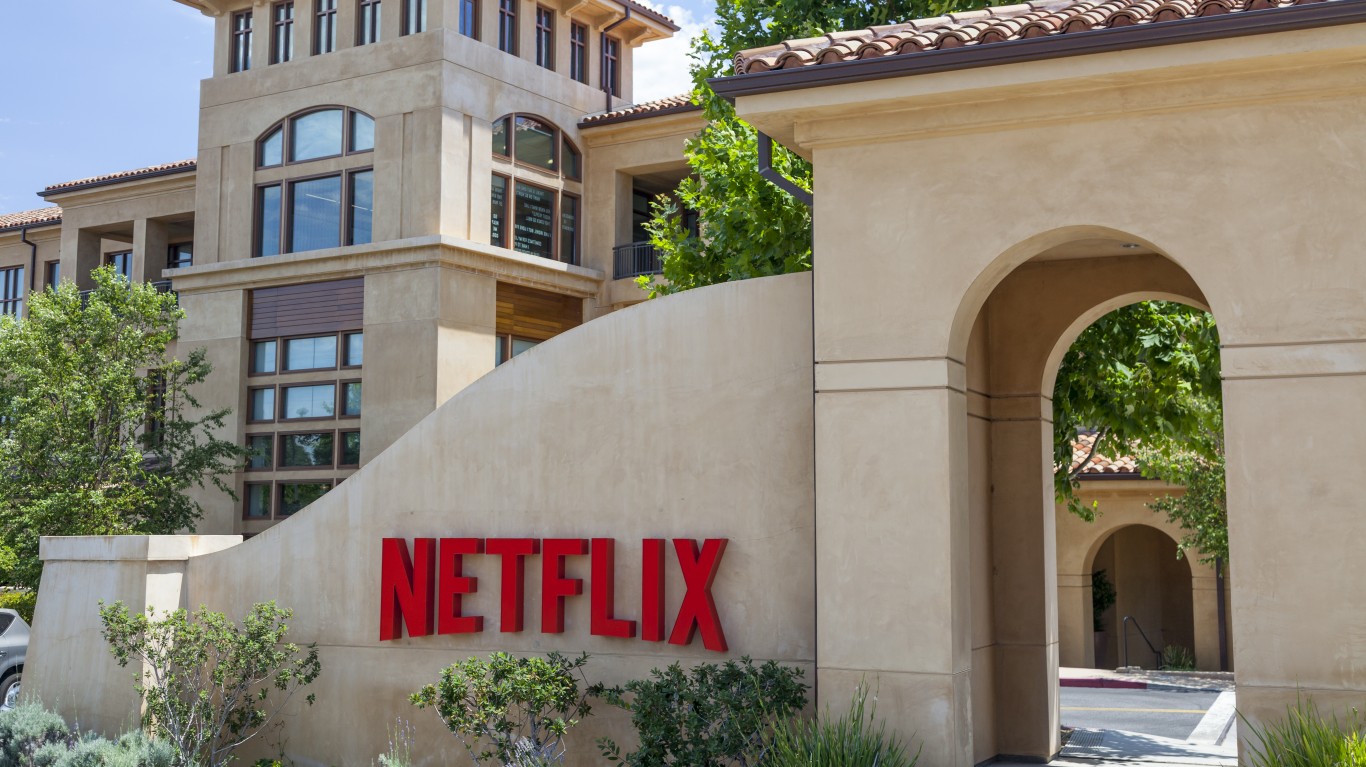
The debate between value and growth investors is nothing new. Warren Buffett, Benjamin Graham and other investors have made their careers around value investing. Yet, all the attention has been focused on growth over value in recent years, at least when it comes to the key technology sector. The performance of the growth has consistently outpaced value just about the entire time.
Relative value, comparing leadership companies against each other, has become a very difficult argument in the companies leading the way in processors, graphics and semiconductors. Intel Corp. (NASDAQ: INTC) has been the leader in making processors for computers and servers for years. Just do not try to tell that to the people at Nvidia Corp. (NASDAQ: NVDA) and Advanced Micro Devices Inc. (NASDAQ: AMD). And definitely don’t try to make that case to Nvidia and AMD stockholders.
The world of computing has changed forever, and this is keeping the valuation of Intel stuck at lower levels than might have been considered in the past. Beyond personal computers and servers, the explosive growth of smartphones, video games, tablets, wearable computing and the Internet of Things has created a situation that probably drives most value investors to the nuthouse.
Intel shares had held their own despite the recession, but the company’s latest earnings report indicated that perhaps some of its future business had been brought forward. The company also had serious delays to revenue expectations as its 7-nanometer (nm) process was pushed out over delays. This move knocked the breath out of Intel’s stock, while AMD and Nvidia surged onward and upward to all-time highs.
Now that earnings season is over, it’s worth taking a relative value analytical look at all three companies. We have taken recent trends from analysts into consideration, as well as valuations and relative performance. A look has even been offered as if AMD and Nvidia were a single company competing against Intel.
Nvidia recently noted that its A100 latest GPU is strong and still ramping up. The company announced that the A100 still accounts for under one-quarter of data center revenues in its last period. Nvidia even suggested that a hyperscale adoption is going well and that the ramp-up in the industry hasn’t even really started. It sees this growth coming in the next two quarterly periods, and it will be able to demonstrate what it can do performance-wise.
As for AMD, its lead in 7-nm gave it an advantage over Intel, and AMD processors are frequently deemed to be more affordable than those of Intel. Standard & Poor’s even recently talked up AMD’s credit ratings by noting that the compelling upcoming line of products should allow it to sustain and expand on its recent market share gains. For late in 2020, AMD already had won the GPU awards for the PlayStation and Xbox console refresh cycles.
Intel’s $49.50 share price generates a $210 billion market cap, and the stock is now valued at just about 10 times earnings expectations. Unfortunately, that is with little to no expected earnings growth and revenue trends in which the gains in 2020 are expected to be mostly a wash after slight 2021 contraction. Where Intel does shine though is in its total revenues, at an expected $75 billion for all of 2020.
Nvidia’s $510.00 share price makes for a $314 billion market cap. That creates a valuation of more than 56 times expected current-year earnings. Unlike Intel, Nvidia is seeing rapid earnings growth, and revenue trends are suggesting better than 40% growth this year and almost 20% growth next year. Total revenues for the current fiscal year (now 2021) are $15.75 billion and over $18.5 billion for next year.
AMD’s $86.50 share price generates a $101 billion market cap. It is also valued at nearly 80 times current-year earnings expectations, with revenue growth of 32% expected to $8.9 billion this year and revenue growth of over 12% to almost $11 billion next year.
Another interesting look is a comparison of Intel and the peers as if AMD and Nvidia were one company. Intel would be valued at half the value of its two rivals in market cap, yet its $75 billion in revenues is still double what is expected from the combined revenues of AMD and Nvidia. Intel may not feel that the market is giving it a fair valuation, but the growth of AMD and Nvidia just has much more of a “wow factor” than the “no-growth to low-growth” of Intel, and Intel’s 2.7% dividend yield just isn’t going to change the mind of a growth investor at this time.
Intel’s analyst community pounded the stock after the last earnings report included the confession about its delays in the 7-nm chips. New Sell and Neutral ratings after downgrades were seen by the likes of Barclays, Bernstein, BNP Paribas, BofA Securities, Deutsche Bank, Goldman Sachs, Morgan Stanley, Northland Capital and Roth. The $49.50 share price still compares against a Refinitiv consensus analyst target price of $56.50, and Intel’s 52-week trading range is $43.63 to $69.29.
Nvidia’s share price is now very close to the consensus target price of $515.93, but its stock has a habit of running up above and beyond what the analyst community has as published targets. 24/7 Wall St. tracked almost 20 analyst upgrades or price target hikes on August 20 after earnings. There are too many to mention, but here are the top price targets that were seen:
- Rosenblatt (Buy) to $600 from $500
- Needham (Buy) to $600 from $400
- BofA Securities (Buy) from $520 to $600
- Jefferies (Buy) to $570 from $415
- Susquehanna (Positive) from $540 to $560
- Truist (Buy) to $550 from $384
AMD’s shares ran after Intel’s debacle with earnings, and that was even before AMD’s report. Then its shares continued surging higher. AMD has a 52-week range of $27.43 to $87.29, and its consensus target price is still just above $75. Northland Capital recently issued a valuation downgrade to Market Perform from Outperform. These are the highest price targets issued since earnings:
- Piper Sandler (Overweight) from $82 to $100
- Cowen (Outperform) to $100 from $90
- Jefferies (Buy) to $95 from $86
- Susquehanna (raised to Positive from Neutral) and target of $85
There is no doubt about it that in this case Intel is the “value” stock and AMD and Nvidia are the growth stocks. What else cannot be denied is that Nvidia’s gain of 116% and AMD’s gain of 81% year to date have blown past Intel. In fact, Intel has lost nearly 18% year to date. Compared with a year ago, Intel is up just about 10%, versus gains of 180% for AMD and over 210% for Nvidia.
When it comes to investing in technology stocks, most investors are looking for growth and the future rather than value. This has proven to be the case for some time when it comes to these three leaders.
Thank you for reading! Have some feedback for us?
Contact the 24/7 Wall St. editorial team.
 24/7 Wall St.
24/7 Wall St.


